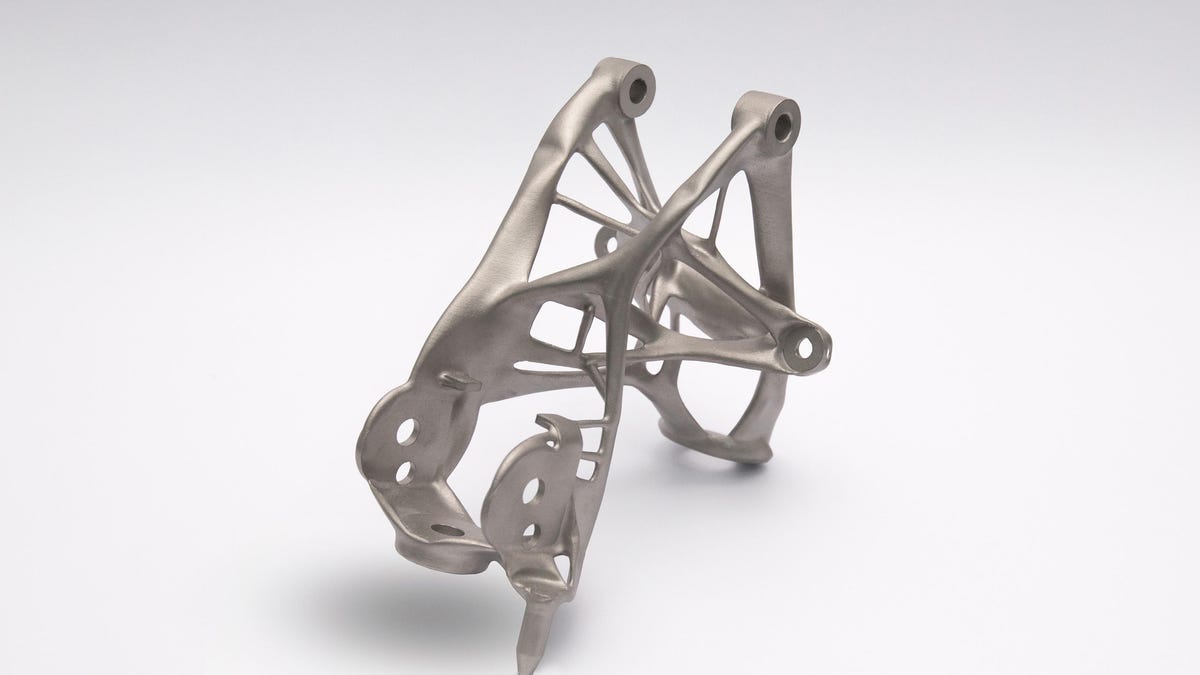GM looks to 3D printing and algorithms to improve future cars
Keeping components light will help improve efficiency, no matter how the vehicle is powered.
Constantly slaving over a computer, trying to find the most efficient way to create a part, is so 20th century. Why not let the cloud take care of it?
General Motors announced today that it's using Autodesk's new generative design software to help create lightweight parts for its future products, including zero-emissions vehicles. GM claims it's the first automaker in North America to take advantage of this clever new tech.
Here's how it works. According to Autodesk, the software takes a number of inputs including design and cost goals, materials and manufacturing methods. The software then uses cloud computing to generate a boatload of permutations, using machine learning to continually improve the design based on what it's already produced and what parts of those iterations will work. The end user can then choose the final iteration that best fits its needs.
As proof of concept, GM and Autodesk engineers created a seat bracket that's 40 percent lighter than the original part, yet it's also 20 percent stronger. The bracket previously comprised eight individual components, but with 3D printing , it's managed to reduce that down to a single component.
GM has averaged a weight loss of 350 pounds across 14 new vehicles it's introduced since 2016, due in part to increased reliance on rapid prototyping and 3D printing. Eliminating mass is an excellent way to improve a gas car's fuel economy or an electric vehicle's range. Less mass also translates to better performance, so it's not just benefitting the hippy-dippy types.


